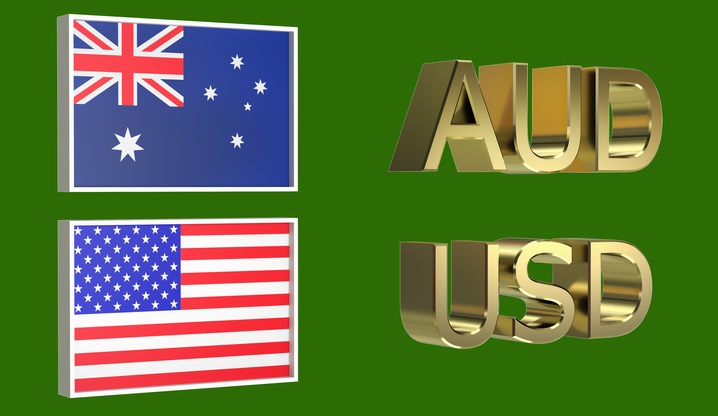The Australian dollar remained muted as data revealed that the quarterly Australian inflation rate eased during the first three months of 2023 with the quarterly increase the lowest since the end of 2021.
The headline consumer price index (CPI) for the first three months of 2023 came in at an annual rate of 7%, the Australian Bureau of Statistics said. The number was in line with economists’ predictions, and slower than the 7.8% pace clocked in the December quarter.
Accordingly, the AUDUSD pair sagged towards the 0.6600 support level, and the Australian dollar also lost ground due to the drop in tech stocks.
Also, he separates trimmed mean gauge of inflation that the Reserve Bank monitors closely came in at 6.6%. That compared with 6.9% for the final three months of last year and it remains well outside the central’s bank’s target band of 2%-3%.
Notably, the quarterly Consumer Price Index published by the Australian Bureau of Statistics has a significant impact on the market and the AUD valuation.
The gauge is closely watched by the Reserve Bank of Australia (RBA), in order to achieve its inflation mandate, which has major monetary policy implications. The data is released nearly 25 days after the quarter ends.
The Reserve Bank of Australia has been, and are, forecasting lower inflation rates ahead. The Bank also argues that changes in monetary policy act with a lag on economic activity and indicators thereof.
The decline in inflation reported today will add to the argument for another on hold decision at the May 2 meeting, and indeed market pricing has slumped to under 20% for a hike next week.
Having said this, the CPI does remain elevated and RBA forecasts (in this case for continued falls back towards the target band) have been appallingly bad in recent years.




